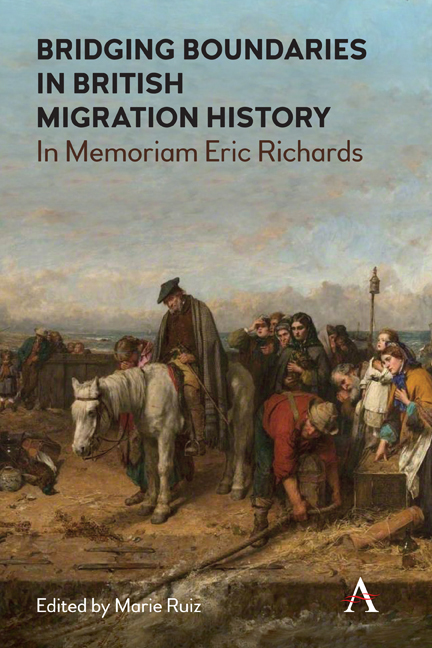Chapter 5 - Cypriot Emigration, 1820s–1930s: Economic Motivations within Local and Global Migration Patterns
Published online by Cambridge University Press: 20 January 2022
Summary
Introduction
On 13 December 1951, the Corsica left Limassol with 761 Cypriot migrants for Australia, including my father, Varnavas Michael Varnava. Arriving at Fremantle and Melbourne in early 1952, the trip was described by a woman passenger as a ‘hell trip on a floating slum’, because of the horrendous conditions on-board. This was the first and only ship to leave Cyprus with so many migrants, at least in the modern era, and contributed to the 2,509 Cypriots who left for Australia in 1951. The first mass Cypriot emigration started after the Second World War. A detailed study of this period and of the Corsica goes beyond the scope of this chapter, yet that period cannot be understood without first understanding the preceding emigratory periods. This is the aim of this chapter. Between 1820 and 1911, Cypriot emigration was limited; it became significant from 1912, despite restrictions. The context with the post-Second World War might be different, but there were similarities with the conditions propelling the emigration, namely socioeconomic. To understand the significant emigration and interest to emigrate after 1912, it is important to understand the earlier period, first under the Ottomans (from 1820s to 1878) and particularly under the British (1878–1911), when the conditions for the significant emigration that followed were laid. This chapter is the first attempt to explore Cypriot emigration before mass Cypriot emigration began after the Second World War, peaking with the departure of the Corsica.
The chapter attempts to achieve these aims by using an interpretive methodology adapted from the work of Eric Richards, namely that of exploring emigration through local and global patterns. By local patterns is meant local conditions triggering people to move, internally to a specific constituent place96 or within nearby internal imperial borders. When Richards discussed Scottish emigration, there was the movement of Scots within Scotland from rural to urban and from rural (interior highlands) to other rural (coastal lowland), and there was the movement of Scots to other parts of the UK. This applies to the Cypriot case, since, as it will be shown, there were movements of Cypriots from rural to urban spaces in Cyprus under Ottoman and especially under British rule, as well as movement to other parts of the Ottoman (i.e. Anatolia and Syria) and British empires in the vicinity (i.e. Egypt).
- Type
- Chapter
- Information
- Bridging Boundaries in British Migration HistoryIn Memoriam Eric Richards, pp. 95 - 122Publisher: Anthem PressPrint publication year: 2020

